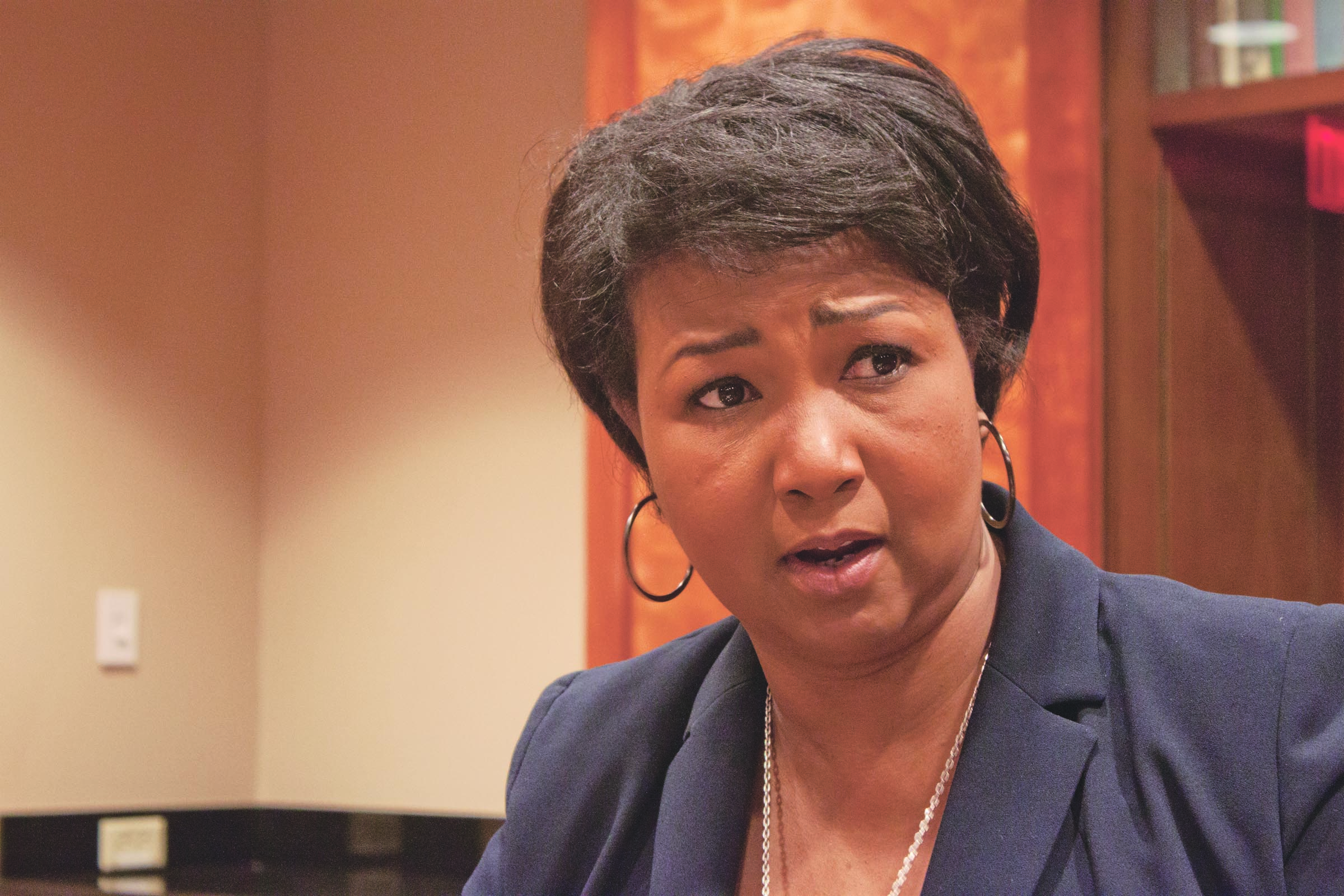In 100 years or so, human beings may be able to reach new frontiers beyond the solar system because of the efforts of astronaut Mae Jemison.
Jemison spoke at the ATEC Lecture Hall as the final part of UTD’s Distinguished Lecture Series sponsored by the Northwood Women’s Club on April 16. She was the first woman of color to travel into outer space, orbiting the planet on the space shuttle Endeavour in 1992.
Growing up as a child in the 60s, Jemison believed that one day she would become an astronaut.
“I remember lying outside on a summer’s night and staring up at the stars with all my young imagination and intensity, and I would always assume that I would go into space,” Jemison said.
Jemison graduated from Stanford University in 1977, worked for the Peace Corps from 1985 to 1987 and then started working for NASA up until 1993. She has since been working in the scientific field as a physician, a professor and an entrepreneur, and she’s currently leads the 100 Year Starship project, intending to make human interstellar travel a possibility.
“100 Year Starship really exists to foster the radical leaps in knowledge in technology design and in human systems that happen as a result of tackling a really difficult problem, and we’re doing that because we believe pursuing an extraordinary tomorrow to create a better world today,” she said.
Jemison also spoke about promoting science, technology, engineering and mathematics, or STEM, in schools.
Alumnus and fellow astronaut James Reilly, who introduced Jemison at the lecture, said that while American students fall behind in STEM fields, Jemison is a role model in advancing opportunities for all students and reversing the negative trend.
“Her efforts will hopefully encourage our successors to stand on our shoulders and carry the next generations into the unimagined future and even farther into space,” he said.
And while Jemison stressed the importance of STEM fields, she also said there is a dire need to integrate these fields with the arts.
“If you think about it, we use constructive and deconstructive, analytical and intuition in every phase of our arts and sciences,” she said. “They’re not different sides of the same coin, they’re not even different parts of a continuum, but they’re manifestations of the same thing.”
However, the highlight of the presentation was the 100 Year Starship project, of which the goal is to one day send a self-sustaining vessel beyond the reaches of the solar system. She said this may be possible by pooling efforts of the global community.
“We’re not trying to launch a mission. We’re just trying to see if the capabilities exist and in doing this we’re really trying to work on building a global network of research, innovation and outreach centers that can partner with industry, partner with academia and social organizations,” she said.
Economics junior, Kanwal Ahmed attended the lecture to learn about Jemison’s work and find inspiration in her speech.
“Personally, I’m not sure what I want to do after I graduate, so I thought this lecture would help me kind of figure it out,” Ahmed said.
Ahmed, who changed her major from physics to economics, said she’s considering going into space exploration and being part of Jemison’s project.
Jemison gave advice to students looking forward to a bright future.
“Understand that when you’re in a university, it’s an incredible opportunity to have many experiences. It’s really important to have a depth of knowledge and to be an expert at something,” she said.“Use this time to explore other areas. ”

Leave a Reply